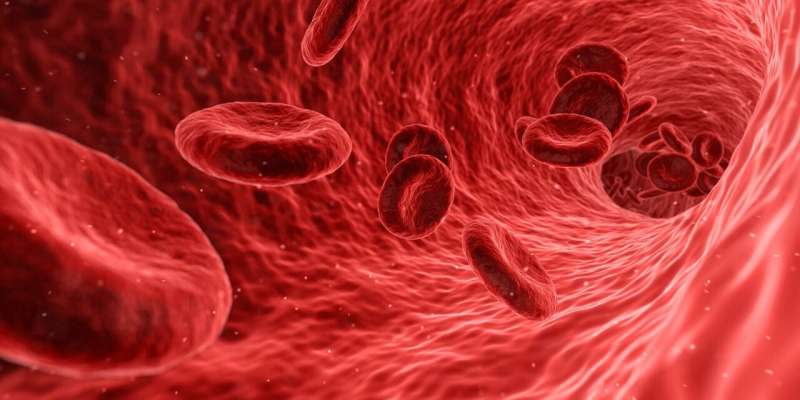Credit: CC0 Public Domain
In a new study, researchers at Uppsala University have identified a previously unknown mechanism that regulates release of insulin, a hormone that lowers blood glucose levels, from the β-cells (beta cells) of the pancreas. This mechanism is disrupted in type 2 diabetes. The scientists hope this finding will be used to develop new treatments against the disease.
Globally, more than 400 million people suffer from type 2 diabetes. One of the main problems is inadequate secretion, from the β-cells of the pancreas, of insulin hormone, which lowers blood sugar (blood glucose).
It has been known for some time that impaired insulin secretion is due to an inability of the insulin-containing secretory granules attach themselves ('dock') to, and then fuse with, the cell membrane. As a result, less insulin reaches the blood and, accordingly, the body becomes less able to reduce blood glucose levels sufficiently.
In the new study, the scientists identify a protein, Sac2, that is found at lower levels in patients with type 2 diabetes. In experiments, the researchers show that lowering the levels of this protein by experimental means leads to reduced insulin secretion from the β-cells. By using advanced microscopy techniques, the researchers were able to show that Sac2 is an important component on the surface of the insulin-containing secretory granules, where it modifies the fat composition of the membrane. In the absence of Sac2, a specific fat molecule accumulates on the surface of the secretory granules. This incapacitates them, so that they cannot dock to the cell membrane, which in turn causes insulin secretion to be reduced.
This study shows, first and foremost, that reduced levels of a single protein gives rise to β-cells that exhibit several defects associated with type 2 diabetes. But it also shows that the fat composition of the insulin-containing secretory granules is of importance for their ability to be released from the cells. The scientists now hope that it will be possible to use these findings to develop new ways of treating type 2 diabetes.
More information: Phuoc My Nguyen et al. The PI(4)P phosphatase Sac2 controls insulin granule docking and release, The Journal of Cell Biology (2019). DOI: 10.1083/jcb.201903121
Journal information: Journal of Cell Biology
Provided by Uppsala University





















